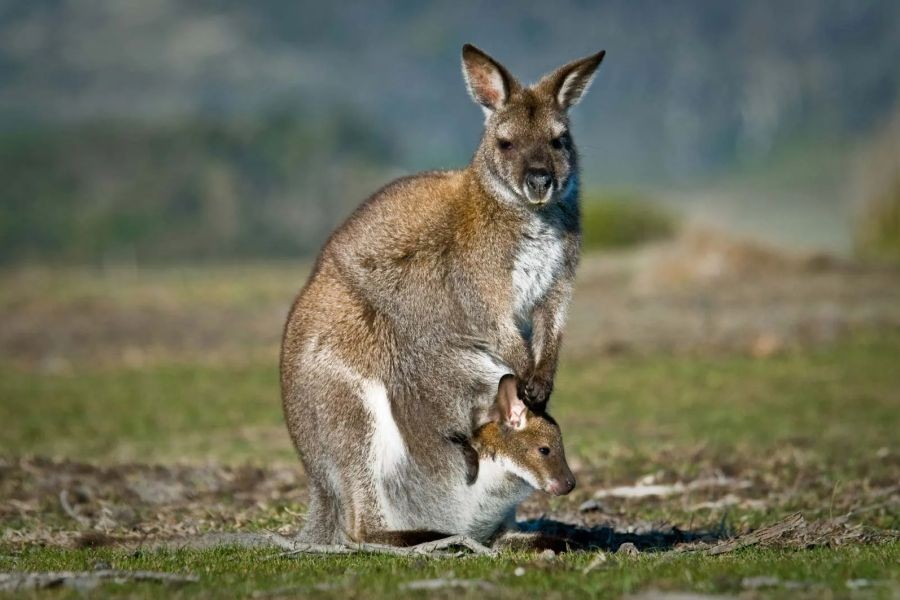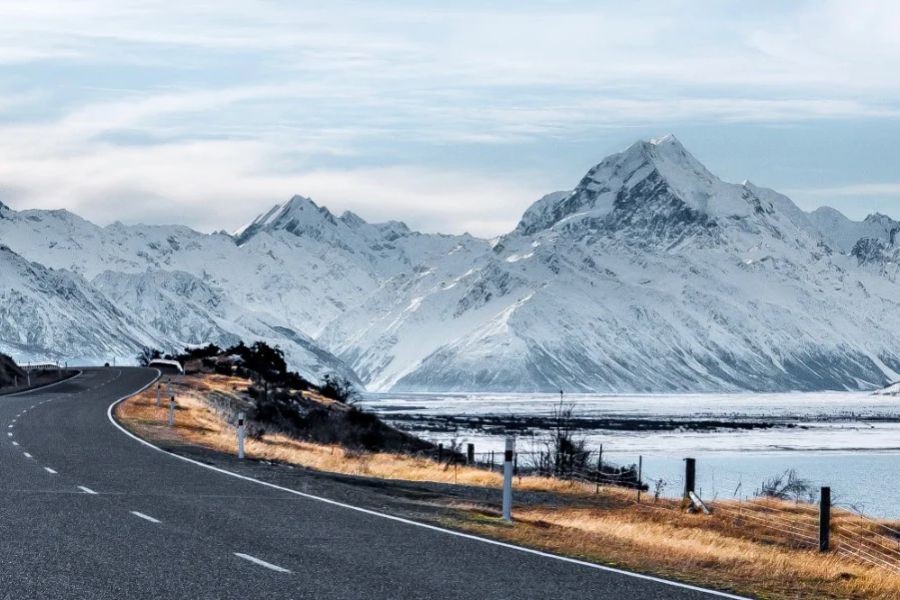Did you know that the portrayal of wildlife in documentaries can significantly shape public perception and policy-making in Australia? While these films often aim to educate and inspire, some fall short, leading to misconceptions about the true state of Australia's unique ecosystems. This article delves into why some Australian wildlife documentaries may mislead viewers and explores the broader implications for conservation efforts and public awareness.
The Influence of Wildlife Documentaries
Wildlife documentaries have long been a staple of Australian entertainment, showcasing the country's diverse flora and fauna. They play a crucial role in raising awareness about environmental issues, influencing conservation policies, and educating the public about the natural world. However, when these documentaries present skewed or dramatized representations, they can perpetuate myths and misinform viewers.
Case Study: Misleading Narratives in Koala Conservation
Koalas are often depicted as abundant and thriving, yet their populations are declining due to habitat loss and disease. A recent documentary highlighted a lush koala habitat, suggesting that these animals are widespread and safe. However, according to the Australian Koala Foundation, koala numbers have dropped by 30% in the last decade. The film's oversight in presenting the broader context may lead viewers to underestimate the urgency of conservation efforts.
Common Myths Perpetuated by Documentaries
- Myth: All Australian wildlife is thriving. Reality: Many species, such as the Northern Hairy-nosed Wombat, are critically endangered.
- Myth: Humans have minimal impact on wildlife. Reality: Urban expansion and climate change significantly threaten habitats, as reported by the Australian Bureau of Statistics.
- Myth: Conservation is well-funded and effective. Reality: Many programs face funding shortfalls and bureaucratic hurdles, affecting their efficacy.
The Role of Filmmaking Techniques
Documentary filmmakers often use dramatic storytelling techniques to enhance viewer engagement. While this can make the content more appealing, it can also lead to exaggerated depictions of animal behaviors or environmental conditions. For example, time-lapse footage might suggest rapid environmental changes, potentially skewing public understanding of the true pace of ecological shifts.
Balancing Entertainment and Accuracy
Documentaries face the challenge of balancing factual accuracy with entertaining storytelling. While filmmakers aim to captivate audiences, they must also ensure that the content is scientifically accurate and provides a comprehensive view of the issues at hand. Collaboration with scientists and conservationists during production can help maintain this balance.
Case Study: Successful Collaboration in "The Great Barrier Reef"
The documentary "The Great Barrier Reef" successfully combined stunning visuals with accurate scientific data. Partnering with marine biologists, the filmmakers provided a realistic portrayal of the reef's challenges and conservation efforts, earning praise from both the public and scientific communities.
Impact on Conservation Efforts
Inaccurate portrayals in wildlife documentaries can lead to misguided conservation priorities and public apathy. When viewers believe that wildlife is not at risk, they may be less inclined to support conservation initiatives. Accurate documentaries can inspire action and drive policy changes, aligning public perception with conservation needs.
Regulatory Insights: The Role of the ACCC
The Australian Competition & Consumer Commission (ACCC) emphasizes the importance of truthful and accurate representations in media. While not directly involved in regulating documentaries, the ACCC's guidelines on misleading conduct can indirectly influence documentary standards by encouraging transparency and accountability.
Future Trends and Predictions
As technology advances, wildlife documentaries are likely to incorporate more immersive experiences, such as virtual reality, to engage viewers. However, the core challenge remains: ensuring that these representations are accurate and educational. By 2030, it is predicted that documentaries will increasingly collaborate with scientific organizations to enhance credibility and impact.
Final Takeaways
- Wildlife documentaries significantly influence public perceptions and conservation efforts.
- Misleading narratives can lead to misconceptions and hinder conservation initiatives.
- Collaborations with scientists can enhance the accuracy of documentary content.
- Future documentaries may leverage technology for more immersive educational experiences.
In conclusion, while wildlife documentaries are powerful tools for education and advocacy, it is crucial that they present accurate and comprehensive depictions of Australia's unique ecosystems. By doing so, they can effectively raise awareness and drive meaningful conservation efforts. What are your thoughts on the role of documentaries in shaping public perception? Share your insights below!
People Also Ask
How do wildlife documentaries impact conservation efforts in Australia? Documentaries influence public perception and policy-making, often leading to increased support for conservation programs. However, misleading portrayals can result in misguided priorities.
What are the challenges in creating accurate wildlife documentaries? Filmmakers must balance factual accuracy with engaging storytelling, often collaborating with scientists to ensure credible content.
Related Search Queries
- Australian wildlife documentary accuracy
- Impact of wildlife documentaries on conservation
- Misleading wildlife documentaries examples
- Role of ACCC in media regulation
- Future trends in wildlife documentaries






























